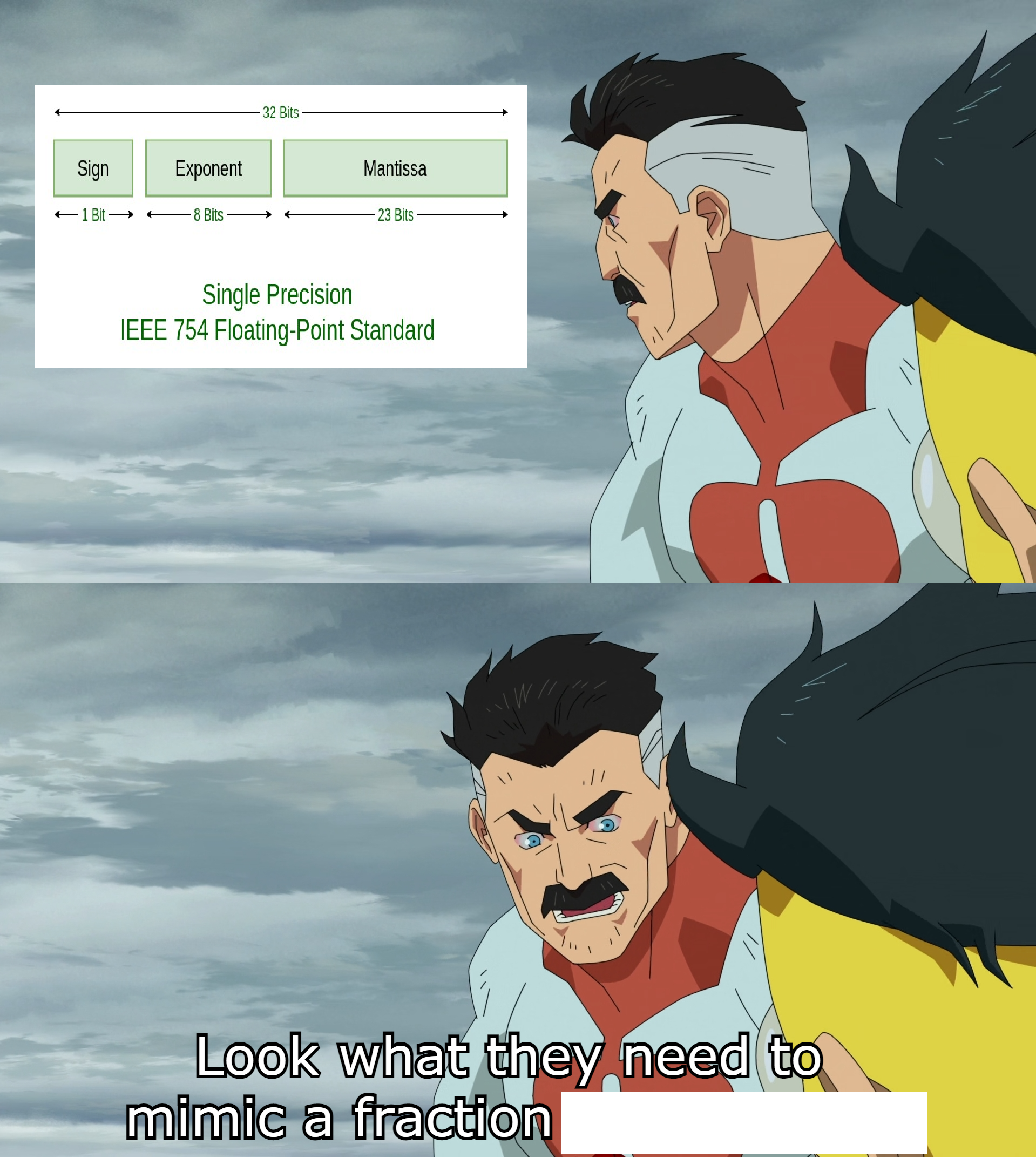Yeah, I also thought it was a meme and used purely in derogatory form, until I learned that the term was actually coined by a co-founder of OpenAI...
But like, does that happen often for you, that you need a piece of code that's gonna be thrown away?
I always feel like if code exists, it's not gonna be thrown away, so it's a good idea to make it maintainable. But I do probably have somewhat of a bias...
I always find this particularly apparent with open-source games, as there's hardly any rules for how to implement those. Usually you want games to be fun. Maybe you can agree on a genre. But from there onwards, most decisions are rather arbitrary and often decided based on gut feeling, which makes them difficult to discuss.
Commercial titles do struggle with that, too. That's why there's a bazillion Call Of Duty parts, each with merely incremental changes.
But on the open-source side of things, it often feels like for each game with a unique design, there's a dozen copies/reimplementations of commercial titles.
According to Wikipedia:
The Israeli Ministry of Defense is Microsoft's second largest military customer.
https://en.wikipedia.org/wiki/Criticism_of_Microsoft#Israeli_military_support
One thing to understand here is that it mostly depends on the "desktop environment", which is basically the GUI of the system. (Imagine you could have the Windows XP GUI on a Windows 11 PC. Or the macOS GUI on a Windows 11 PC.)
Distros intended for desktop use will typically come with a certain desktop environment by default, so to some degree, you can talk about the distro, but yeah, there's just gonna be a strong correlation with their default desktop environment.
To my knowledge, GNOME and (recent/Wayland versions of) KDE have good support. Most comments here imply these two desktop environments, so for example Ubuntu, Fedora and POP!_OS are typically GNOME, whereas Kubuntu and Nobara are typically KDE.
Some folks here also mention Linux Mint and LMDE working well, which use the Cinnamon desktop environment, so I guess that works well, too. Cinnamon is somewhat based on GNOME.
Well, and Elementary OS's whole shtick is its Pantheon desktop environment, which is also based on GNOME.
So, basically, as Elementary's Pantheon is its own thing, there's no guarantee that it'll work, but I would not be surprised.
As someone else already said, you can use a Linux Live USB to try it out before installing. You should be able to just follow along the installation instructions of Elementary OS and shortly before you actually install things, you should find yourself in Pantheon and can try it out.
I mean, it's kind of the whole point of this article, to explore why they felt it was a good idea to try to create a programming language. Bashing other languages and coming up with reasons why none of the existing ones would do, is kind of the whole point. And they do self-reflect and admit that their reasons were ultimately not good enough from a purely objective point of view.
I mean, B does make some amount of sense, if you realize that it's supposed to give you the maximum among the parameters (so you'd normally call it as Math.max(5, 3) === 5).
Well, and you can call that with zero parameters, because you can spread an array into it, which might have zero length. And then given these conditions, and if you don't want to throw an error, then -Infinity is kind of the least bad remaining option, as it's likely to generally work with the rest of your logic.
Only a plaid shirt.
Damn, those pipes look useful. Can use them to send stdout from one command to the stdin of another, as you'd expect. But you can also easily send stuff to stdin from Rust code (and of course, easily read from stdout and stderr, too): https://doc.rust-lang.org/stable/std/io/fn.pipe.html#examples











Very interesting, but it's wild to me that needles made from silk proteins are the first choice here. Surely there's gotta be some plant protein or cellulose or such that's a lot cheaper.
I do also wonder, if they looked at bringing out melatonin onto the fields before the harvest, in hope of the plants picking it up via their roots.
The article makes it sound like they had a solution (microneedles) in search of a problem, so maybe they didn't even really look at other solutions. Which is fine, other studies can do that, but yeah, we should do that.